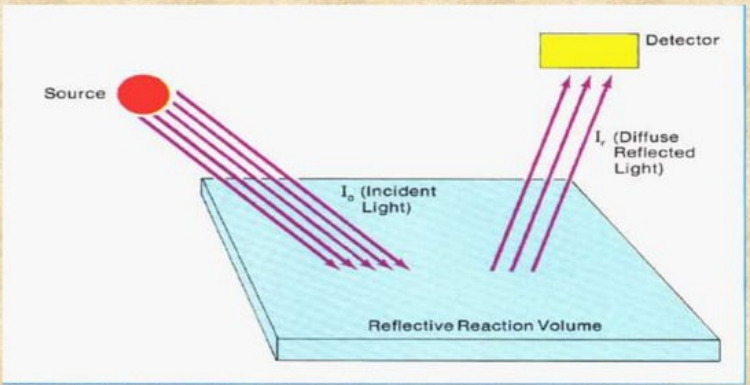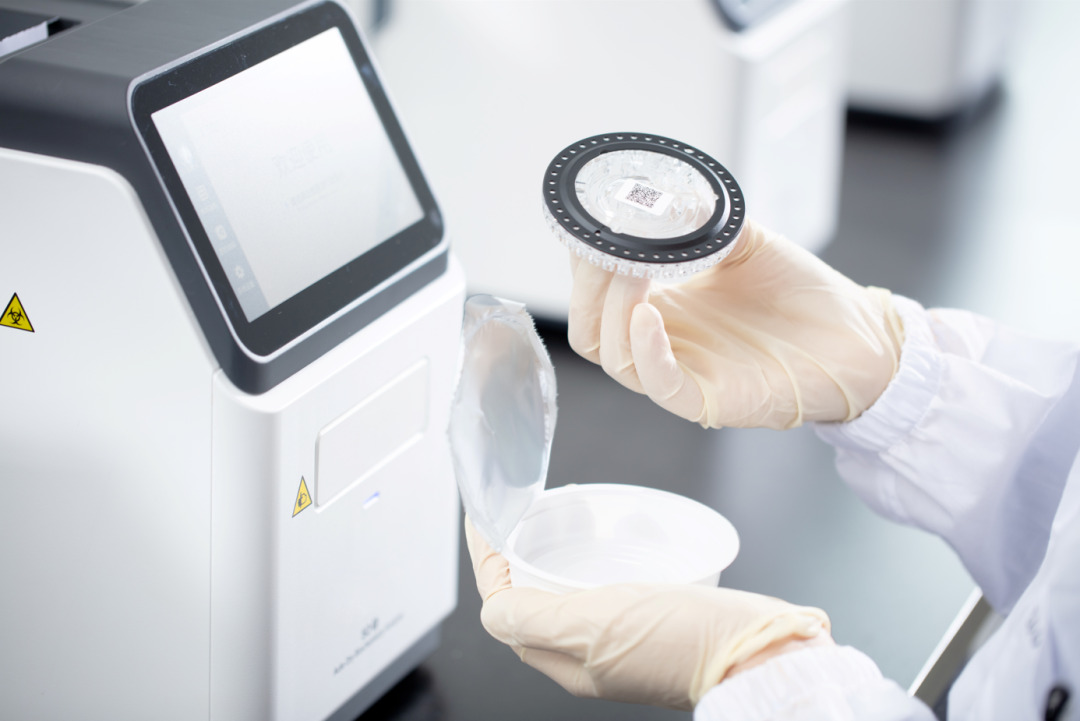Dry Chemistry in clinical pathology
Dry Chemistry is regarded as one of the most modern inventions in clinical pathology, which has revolutionised how blood, urine & other samples, will be processed in the coming days.
The principle on which Dry Chemistry works is Reflectance Spectrophotometry, which measures the reflectance of materials and provides a reference standard for comparing the colour of different samples.

Dry Chemistry as the name says uses no liquid reagent or water & the entire processing is carried out with the moisture content of the sample itself. The desired blood, urine or other sample is very carefully placed on a multi-layer, Dry slide to initiate the chemical reaction.

Karauli Diagnostics takes pride in introducing U.S FDA Approved Dry Chemistry analyzers (the first of its kind in Varanasi, Uttar Pradesh), like Vitros 250 & Fuji Dri-Chem NX600.
Experts in our labs are regularly performing clinical tests like;
- Electrolyte panel
- Metabolic panel
- Lipid panel
- Hepatic function panel etc.
How it performed –

Dry chemistry analysis is an alternative to wet chemistry techniques and involves the utilization of a dry reagent strip designed specifically for each sample. In this process, a liquid test sample is directly added to the dry reagent strip within a dry chemistry analyzer. The analyzer leverages the moisture present in the sample as a solvent, initiating a targeted chemical reaction that ultimately facilitates chemical analysis.
This analytical approach belongs to a category of methods founded on enzymatic principles and is referred to as dry chemistry, dry reagent chemistry, or solid phase chemistry.
Advantages –
- Faster Processing
- High Accuracy.
- A small sample volume is required.
- Multi Clinical parameters reporting at the same time.
- It does not require any other reagents to be stored or any solutions to be prepared, as a result, interobserver variation is less.
Difference between Dry & Wet Chemistry –
Wet Chemistry refers to a technique for preparing materials through chemical reactions that involve the presence of a liquid phase. One example of this is the wet chemical method used for conducting a triglyceride assay.
– Different types of reagents
A fully automated chemistry analyzer of the wet type is an instrument designed to analyze a particular chemical composition in bodily fluids by employing the photoelectric colourimetric principle. In this analyzer, the reagent utilized is in liquid form.
– Different scope of use
A fully automated chemistry analyzer of the wet type is a highly efficient instrument renowned for its rapid measurement speed, exceptional accuracy, and minimal reagent consumption. It finds extensive application in hospitals, epidemic prevention stations, and various other facilities at all levels.
Dry Chemistry pertains to a method of conducting chemical reactions in which minimal water is required. An instance of this is the utilization of dry test strips and instruments for urine testing.
– Different types of reagents
A fully automated dry chemistry analyzer is a type of instrument that operates without human intervention. It employs dry tablet reagents as the primary chemical substances for analysis.
– Different scope of use
An automatic dry chemistry analyzer is specifically designed for performing biochemical testing on clinical blood and urine specimens. It is utilized within the scope of clinical applications for analyzing various biochemical parameters.

No comment